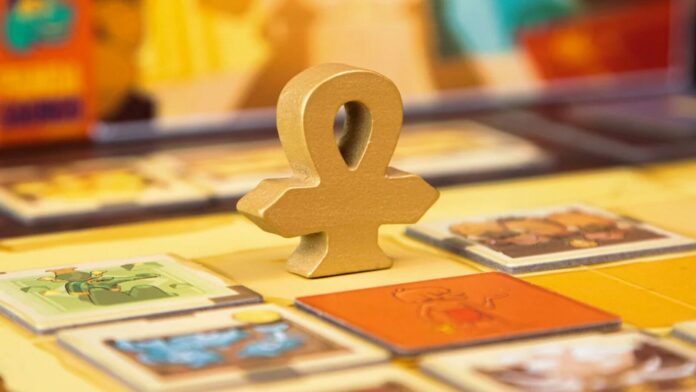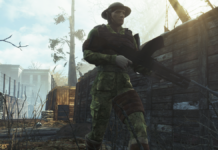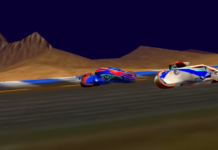Dicebreaker Recommends is a series of monthly board game, RPG and other tabletop recommendations from our friends at our sibling site, Dicebreaker. This month, we look at a one of the best two-player board games released in recent memory.
There’s nothing quite like a two-player board game to stoke the fires of competition. Two-player board games are great in that they offer the kind of uniquely competitive experience that no other type of tabletop title can provide – and Sobek: 2 Players is a prime example of this.
A recent remake/reimagining of a 2010 card game, Sobek: 2 Players takes the concept of the original – players are merchants attempting to make a tidy profit in an Ancient Egyptian market – and turns it into a more focused version, ditching the two to four-player count for a one-on-one experience.
Though the aim of the game is still the same, with players wanting to collect and sell as many matching products from the market as possible, the dynamic is completely changed. Whilst the original Sobek saw players taking cards from a shared marketplace on their turn, Sobek: 2 Players has competitors selecting tiles from a grid. You might still be picking things up, but this time what you’re able to pick up is decided by the placement of a little golden ankh.
The ankh may be small, but its impact on the gameplay of Sobek: 2 Players is immense. On a player’s turn, they can only take tiles that are on the same ‘row’ as the ankh. I use row loosely here as the grid technically has a series of rows – and columns – but the ankh has its own rules regarding what a ‘row’ is. Where players can take tiles from is determined by wherever the points of the ankh are facing, meaning that players will be able to take tiles from a diagonal ‘row’, for instance, as long as the ankh points are facing in the right direction.
This ankh helps to make Sobek: 2 Players a great two-player game because it creates plenty of opportunities for either player to mess with the other. The direction the ankh is pointed in restricts players to having to take from a certain pool of tiles and this only gets worse as the game progresses. As more tiles are taken, the marketplace becomes less fruitful and certain ‘rows’ suffer more than others. What’s more is that picking up character tiles will enable players to perform special actions – of which many designed to directly mess with their opponent – including changing the direction of the ankh.
The scoring potential of goods in Ankh is largely determined by how many scarabs are depicted on each tile you sell. Forcing players to pick from a selection of rubbish goods is a key part of what makes Sobek: 2 Players fun to play. However, the placement of the ankh not only determines what goods you can choose from, but also how much potential corruption players will have to swallow if they want a certain tile.
Each tile between the ankh and the one you want equals a unit of corruption, which then results in minus points at the end of the game. It’s sometimes worth taking a bit of corruption in order to nab that tile you need to score big, but players must be warned – some of the special abilities can make a little bit of corruption become a whole lot more. That’s the kind of board game Sobek: 2 Players is; it’s about risk versus reward and hoping to god(s) that your opponent doesn’t take the tiles you need or play some horrible special ability on you.
Whilst some playthroughs of Sobek: 2 Players will see you running away with the competition, others won’t be so easy. While Sobek: 2 Players’ burning sting may be sharp, it doesn’t linger. Each game of Sobek: 2 Players only lasts about 20 minutes maximum, meaning that it’s a lot easier to take a loss, wipe the mud off your face and get back in there for another go.
That’s the beauty of Sobek: 2 Players; the game is simple and quick enough that it makes its meaner elements all the more enjoyable. It’s so often the case that the nastier two-player board games are the best because they encourage the kind of competitiveness that thrives between two people. Rather than having players randomly target specific members of a group, competitive two-player board games keep players’ focus right where they should be – on their opponent.
Keeping an eye on what the other player is doing, preparing to respond to their actions and devising contingency plans in case they meddle with your strategy – Sobek: 2 players is built around its player count in the best way possible.
www.eurogamer.net







